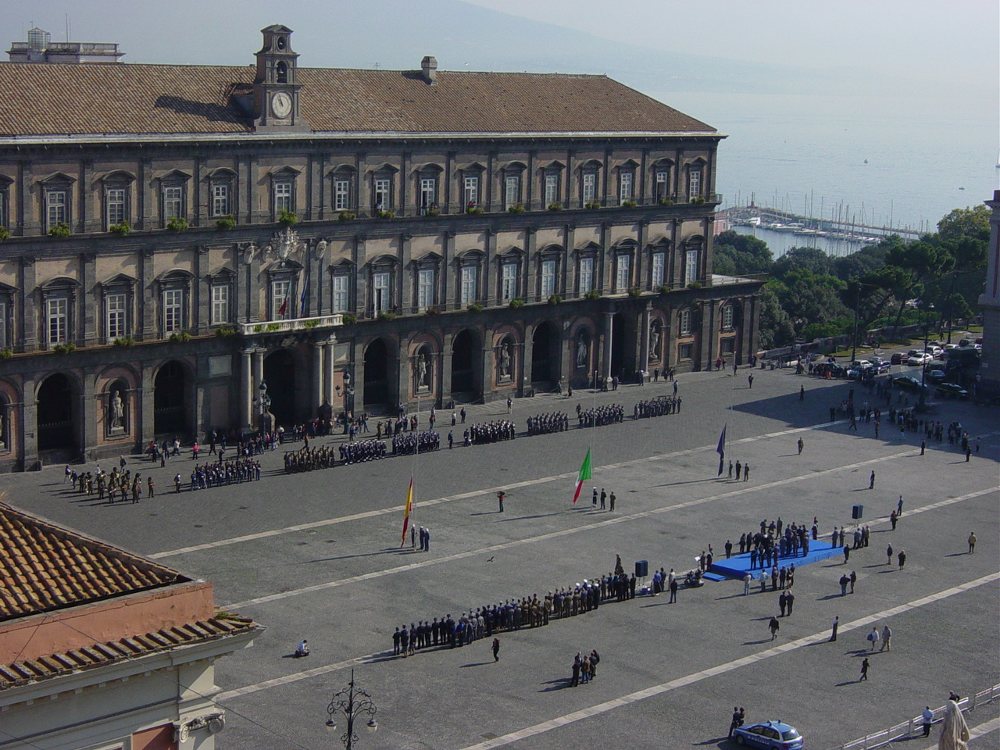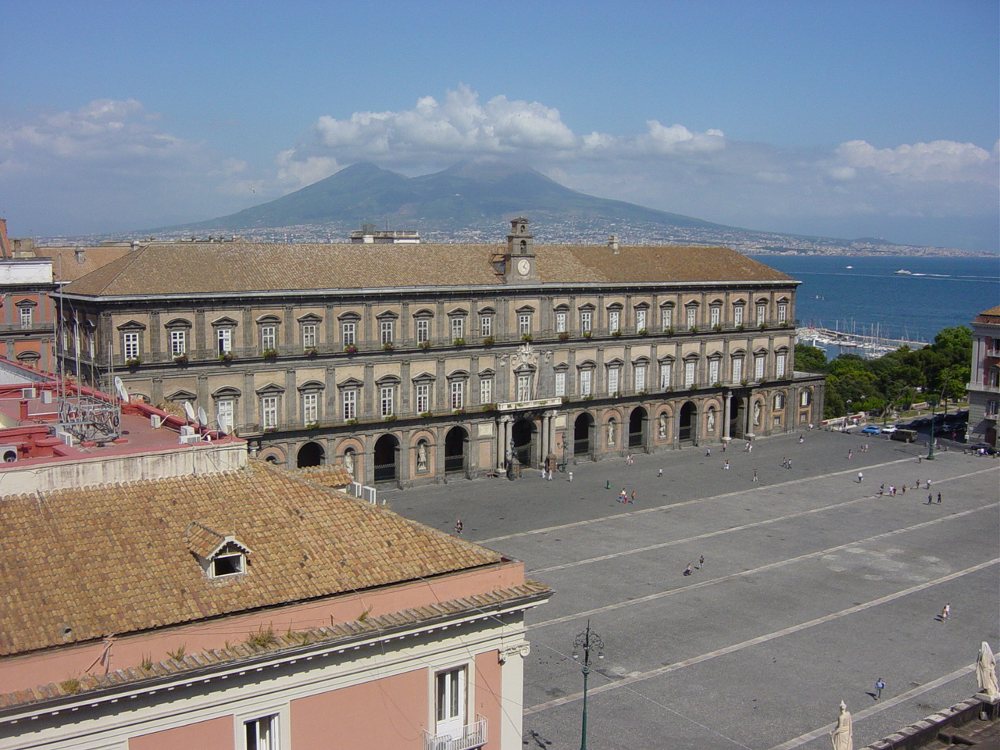
One glance at the handful of gloomy castles and fortified houses available told him a new palace was in order. He told Domenico Fontana to design something stunning for the ruler of the Spanish Empire and by 1602 had raised a substantial building that would be the focus of power in the region for nearly four centuries.
Spanish viceroys gave way to Austrian ones; then during the Kingdom of the Two Sicilies the palace was one of four residences used by the Bourbon kings of Naples.
Inside the palace rich neoclassical interiors still overwhelm the visitor with their silk hangings, gold leaf, ormolu and stucco, while on the façade eight magnificent statues of the Kings of Naples (added 1888) gaze out onto Piazza del Plebiscito.
And what did Philip III of Spain think of his new building? Alas, he never turned up. But if he hadn’t had the idea of scheduling a visit, Naples would be the poorer by one sumptuous palace.
